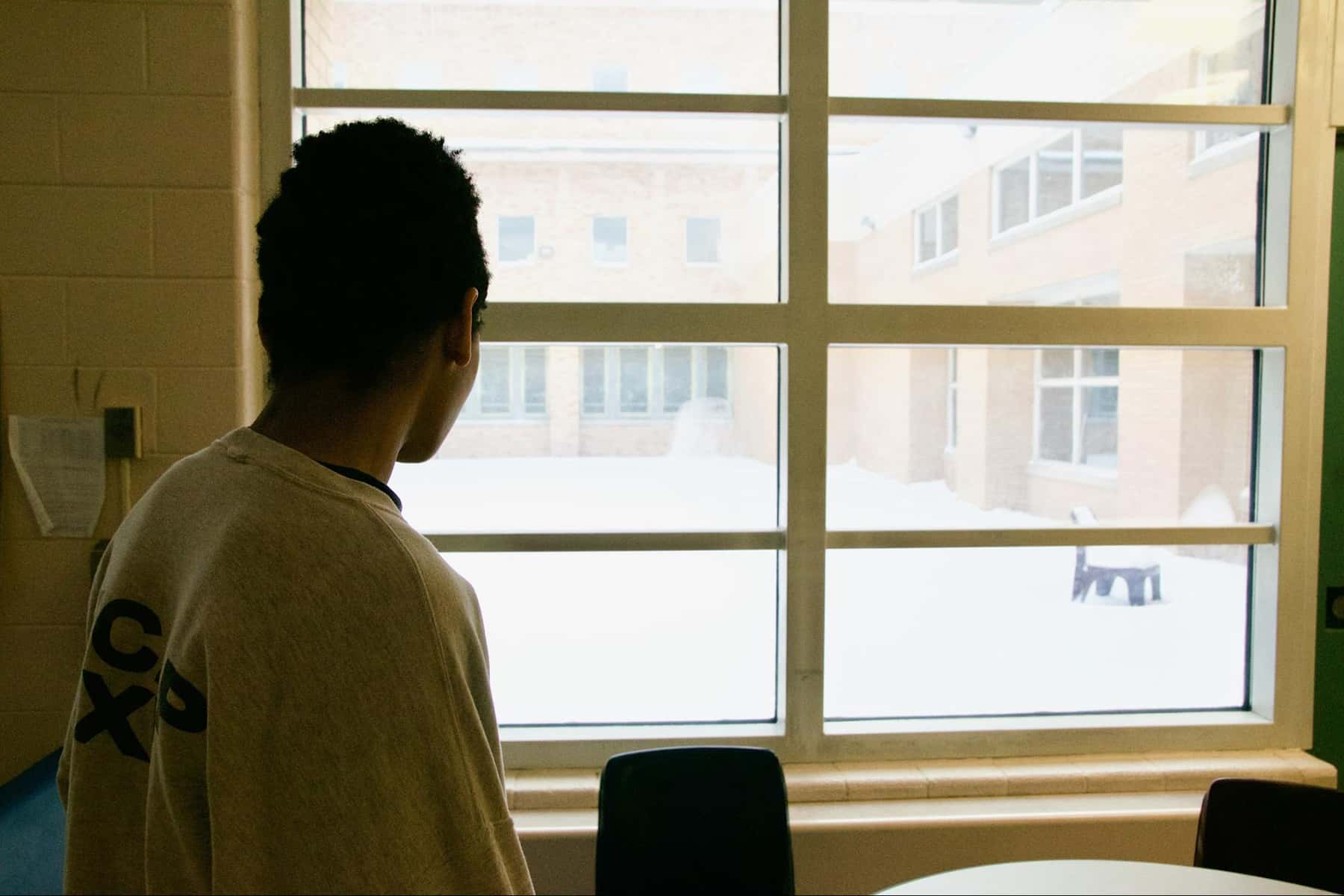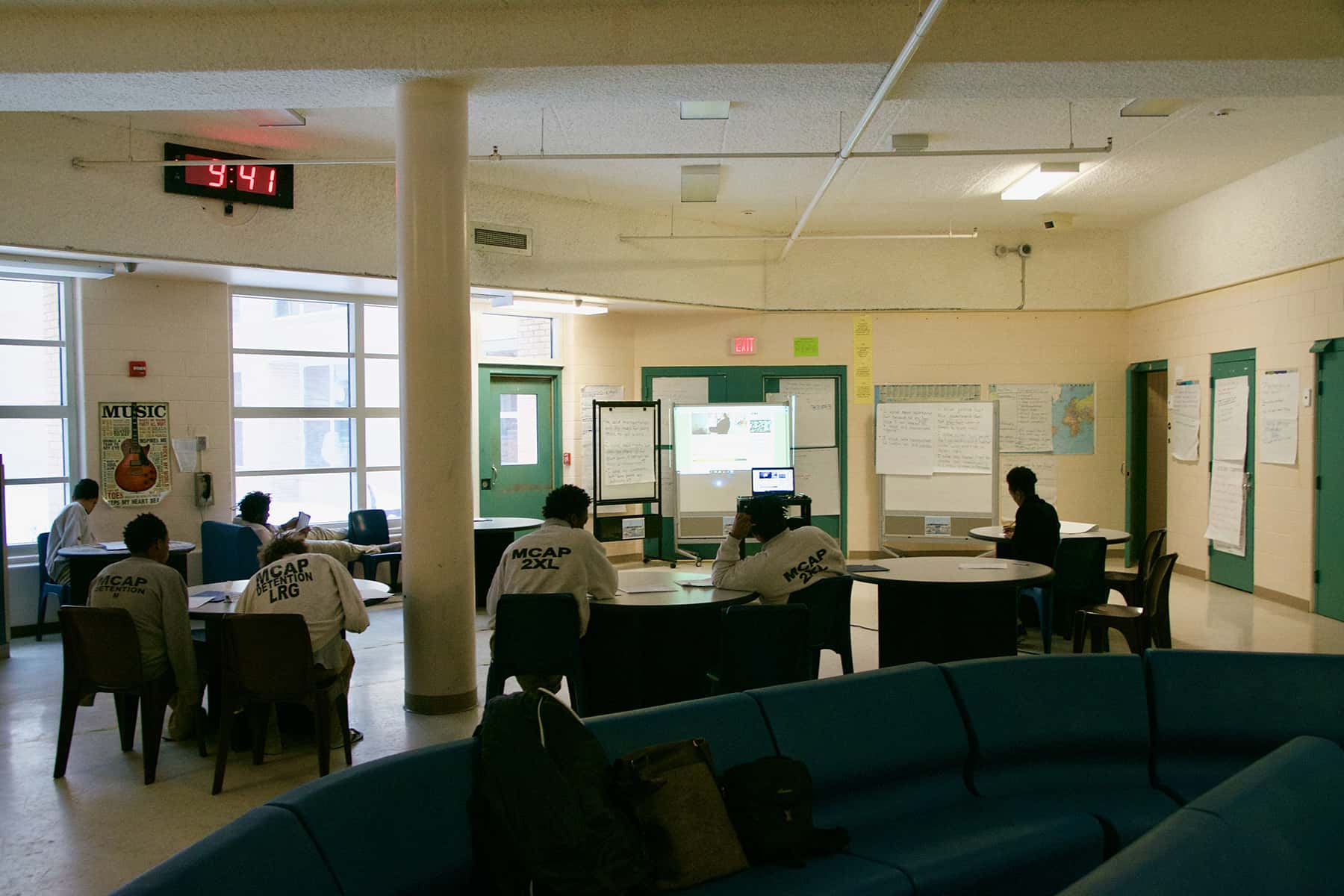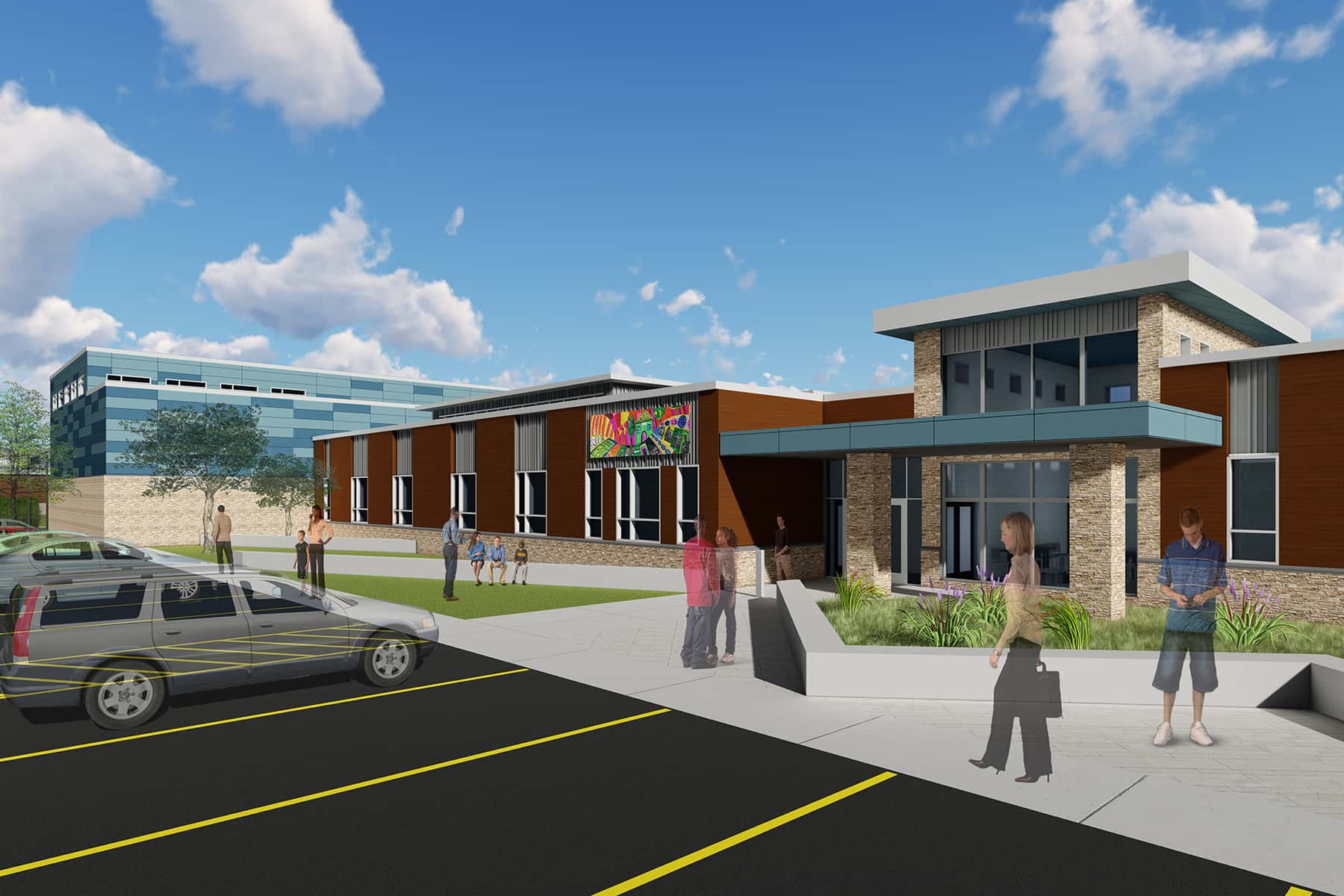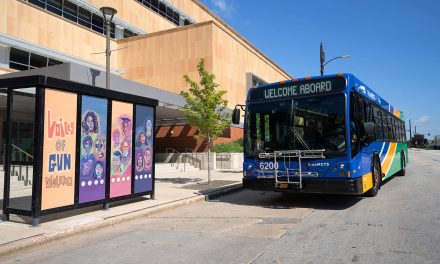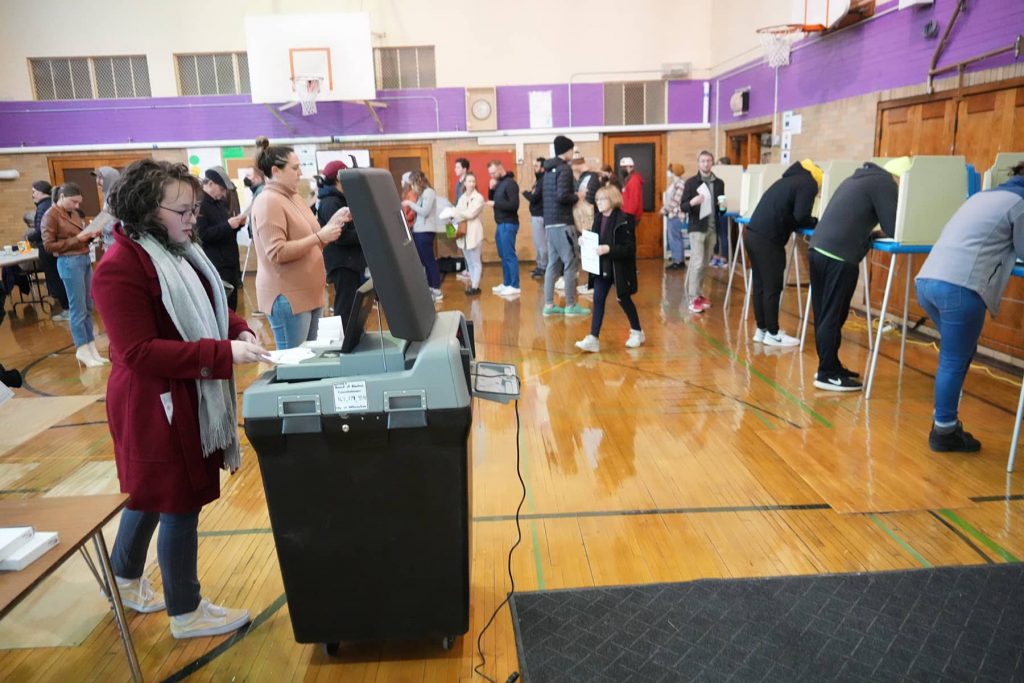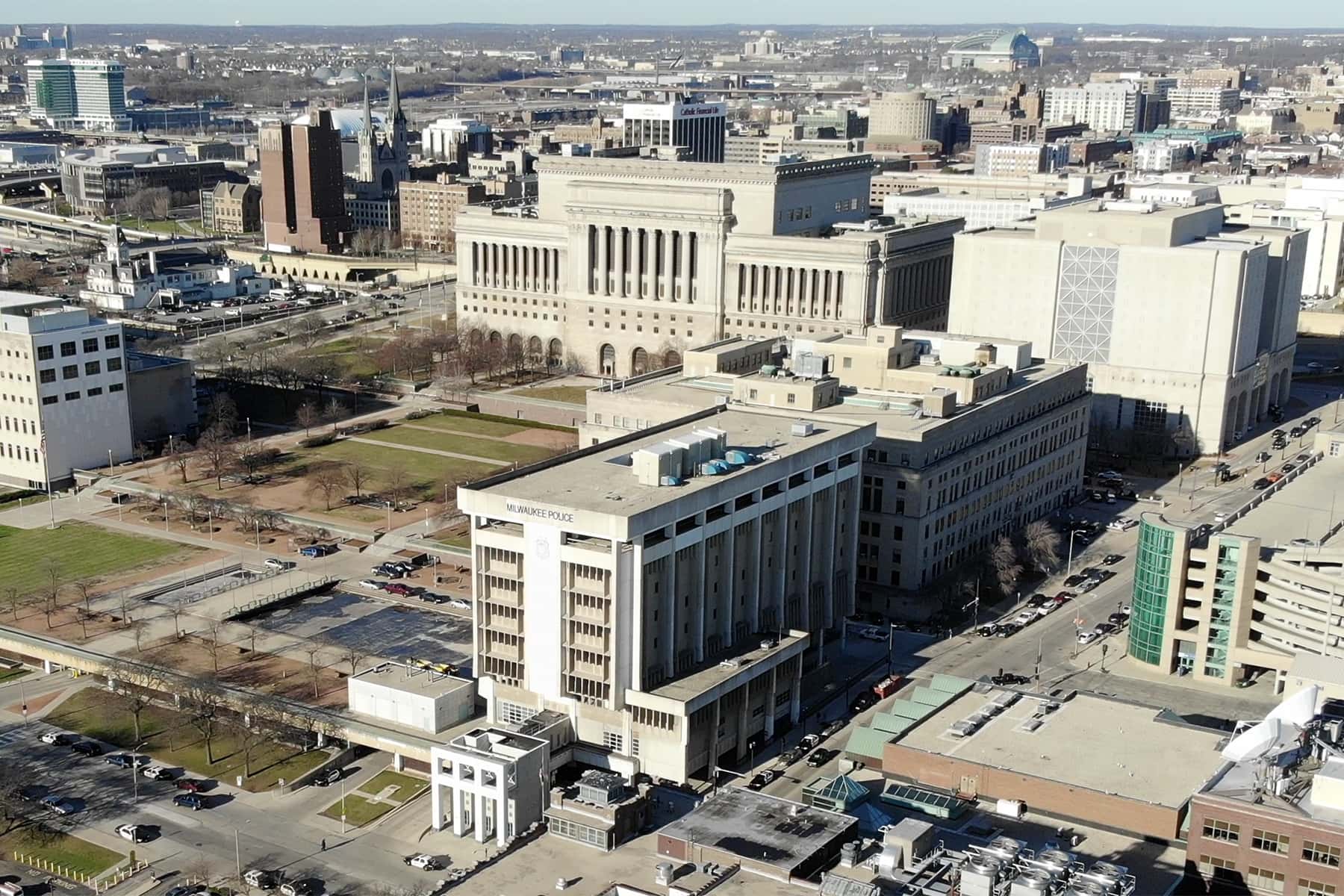
The Division of Youth and Family Services of the Milwaukee County Department of Health & Human Services joined with Milwaukee County Executive Chris Abele on May 6 to call for the State of Wisconsin to take a more transformative approach to youth justice reform.
Milwaukee County submitted a proposal for $41.1 million of state funding in response to the grant’s March 31 deadline to support the construction of a new Secure Residential Care Center for Children and Youth (SRCCCY). This application was based on meeting the stipulations outlined in Act 185, the state mandate to close Lincoln Hills and Copper Lake by 2021.
“It is high time to transform our disciplinary practices from punitive to restorative, and to address the racial inequities in our criminal justice system head-on,” said County Executive Abele. “We owe it to the young men and women in our community to ensure they have the tools they need to lead our county into the future. There is a lot of work ahead, and together we will implement durable reforms that will stand the test of time.”
At the Juvenile Corrections Grant Committee meeting in Madison on May 6, Milwaukee County identified the failures of Lincoln Hills and Copper Lake, and challenged elected state officials to take more transformative measures than outlined in Act 185 to reform the justice system.
“We recognize the urgency to close Lincoln Hills and Copper Lake, but Act 185 doesn’t go far enough to improve conditions of confinement and reduce the number of young people in our justice system,” said Mary Jo Meyers, director of the Milwaukee County Department of Health and Human Services. “Now is the time for Wisconsin to reform policy to create transformative change that will impact our youth for generations to come and make our communities safer.”
Racial disparities across youth justice facilities in the United States, and specifically in Wisconsin persist. On any given day in the United States, more than 53,000 young people are held in youth justice facilities, detached from their families and communities. Wisconsin has the second highest rate of disparity in confinement between white and black youth in the nation. Black youth are 15 times more likely than white youth to be confined in the state.
The county called for revisions to Department of Corrections regulations to allow for smaller, home-like environments that resemble “limited secure” facilities that exist in New York City and Missouri. Milwaukee County still proposes to have these home-like facilities closer to the youth’s homes and to have community partnerships focused on restorative justice programming and treatment. It also called for restrictions to be lifted regarding prison-like building requirements and the rewriting of the grant funding language to allow for program funding.
“Other states have seen more positive outcomes for youth from smaller, more rehabilitative facilities, and now it’s Wisconsin’s turn,” said Mark Mertens, administrator of the DHHS Division of Youth and Family Services. “We believe that such a model could result in significant savings and reduce the overall institutional footprint, while providing a more trauma-informed and restorative environment for youth.”
Milwaukee County has been working to reform the youth justice system since 2011. Through Project Rise, the county has been changing its focus from punishment to rehabilitation and creating positive outcomes for youth.
Over the last several years, these initiatives have included: creating the Racial & Ethnic Disparities (RED) Committee to address racial disparities in the Milwaukee County youth justice system; partnering with national youth justice leaders and organizations like The Annie E. Casey Foundation, Robert F. Kennedy National Resource Center for Juvenile Justice and Columbia University Justice Lab to share best practices; and implementing a data-driven system to evaluate each youth offender and to align sentencing, programs and services to each individual’s needs.

